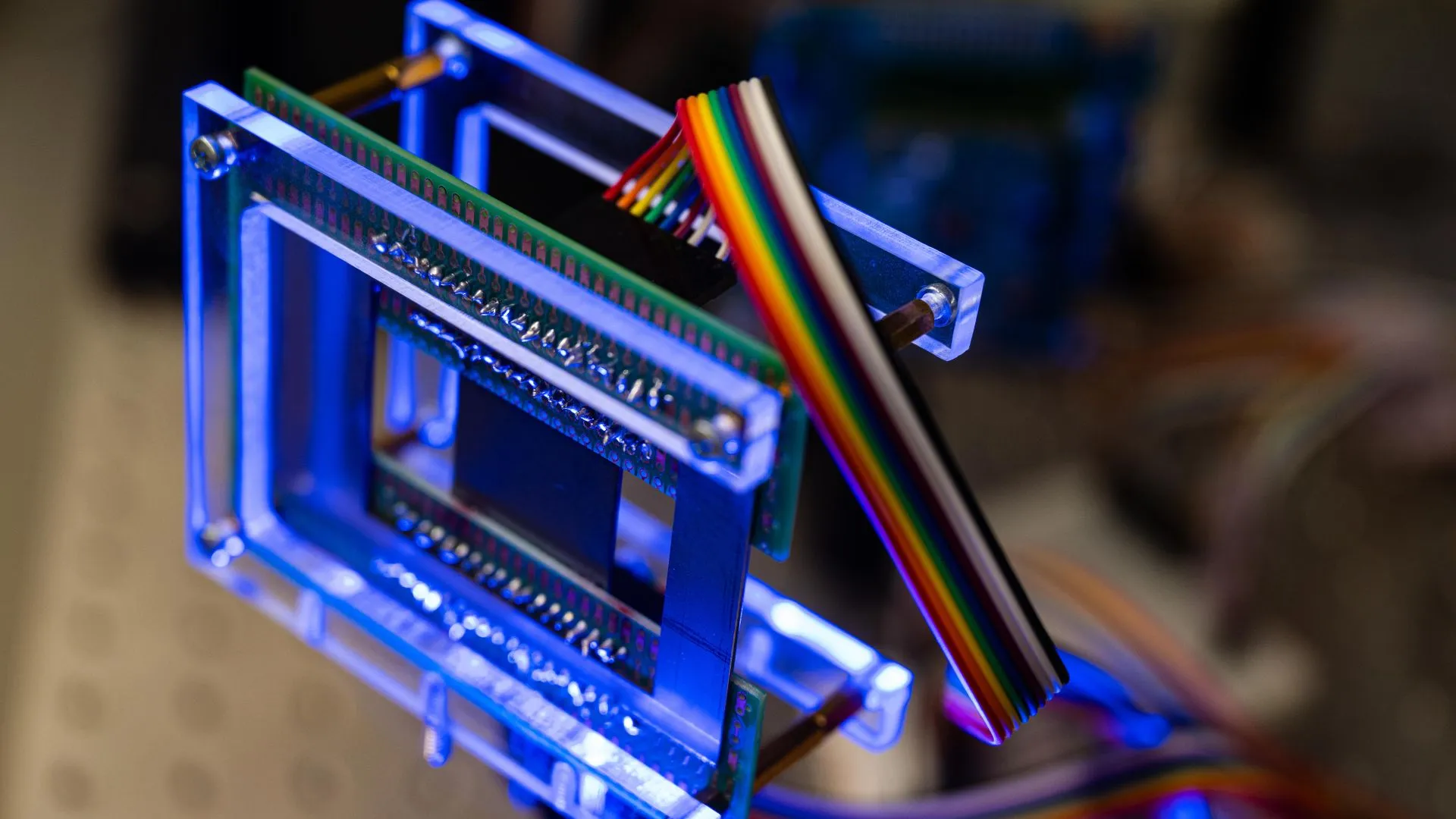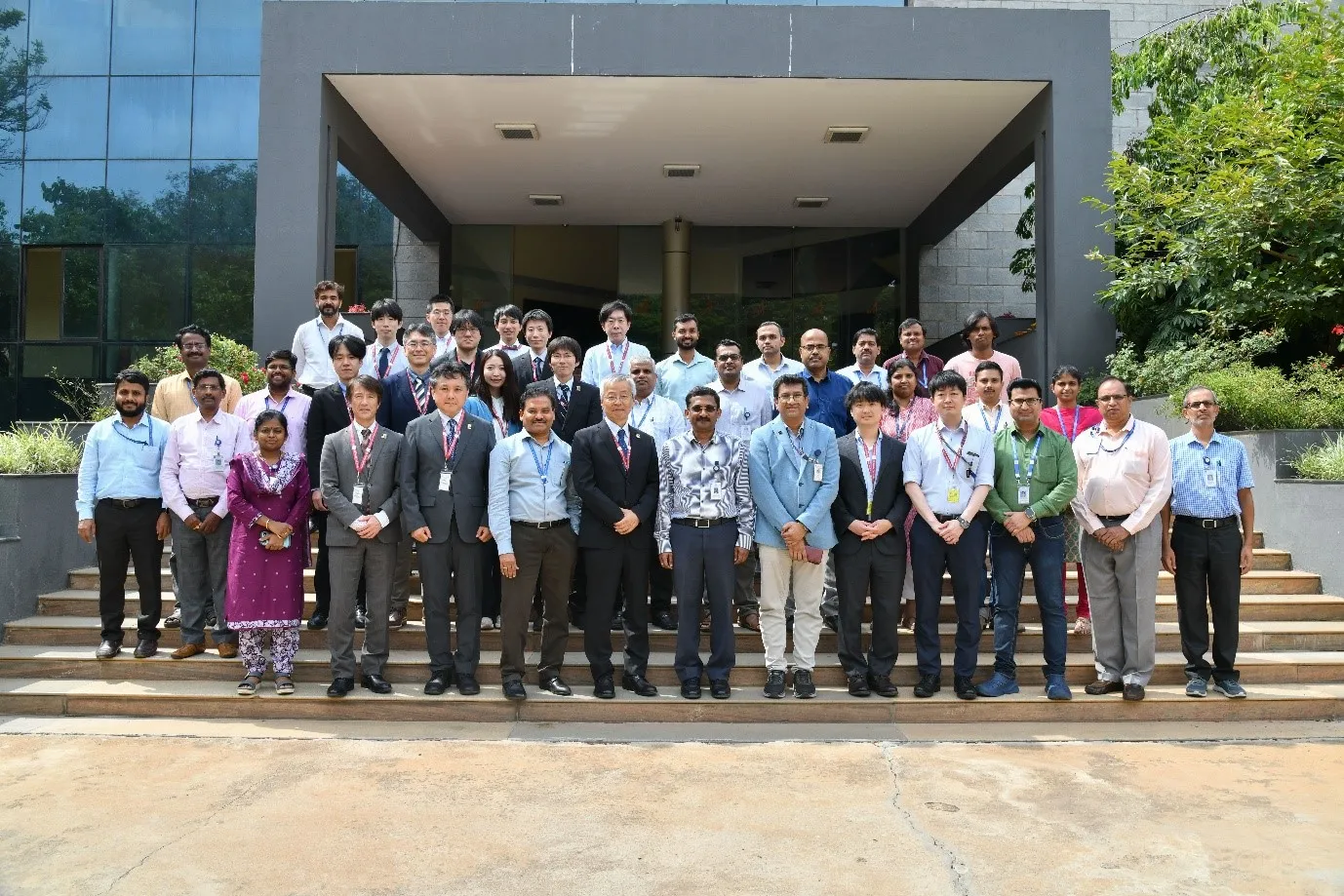Copyright Interesting Engineering

Future wireless networks may soon connect devices faster than ever, forming links almost the instant a signal is sent. Scientists have developed a method that lets transmitters and receivers locate each other with extreme precision, a step that could define how 6G communication works. By controlling radio waves with engineered randomness, the technique achieves directional accuracy within one-tenth of a degree, allowing high-speed data links to lock in almost immediately. The advance targets a key problem in next-generation communication: high-frequency 6G signals can carry enormous amounts of data but weaken quickly and can’t pass through barriers. Instead of spreading like Wi-Fi, they travel in narrow beams that must align directly between devices. The new approach could help those line-of-sight connections form automatically and recover instantly if disrupted. Burak Bilgin, a doctoral student and one of the study’s lead authors, said the method unlocks extremely rapid angle estimation with unprecedented accuracy. He said this, in turn, allows wireless links to be established or recovered with minimal latency and will help wireless devices find each other quickly to enable the high data rates expected from future networks. Precision through randomness Bilgin explained the idea using a lighthouse analogy. He compared the transmitter to a lighthouse emitting multiple colors of light, where the intensity of each color is randomized as it travels outward. The receivers, like ships at sea, determine their position based on the unique combination of colors they detect. To demonstrate the concept, the researchers used a thin electronic material known as a metasurface. When a broadband signal hits the metasurface, it scatters into a distinct pattern that depends on both the direction and the frequency of the wave. Each direction produces its own electromagnetic fingerprint, allowing receivers to compare it to a prerecorded library and instantly identify where the signal originated. The process takes only a few picoseconds, or trillionths of a second. Earlier approaches could vary a signal over time or across frequency, but not both. The new method uses the metasurface to generate patterns that change in both ways. Returning to the lighthouse analogy, Bilgin said their work is the first to feature both multicolor and time-varying transmission. He explained that because the broadcast is rerandomized across different time windows, the receivers can make more accurate estimations even when the signal is noisy or the bandwidth is limited. Towards terahertz precision As wireless communication moves toward the terahertz range, this level of precision will become essential. The researchers analyzed vast amounts of data to study how the randomized signals behave statistically and collaborated with experts who contributed theoretical and physical models to refine the system. Bilgin called it a study of programmed randomness and said the team had to plan and schedule carefully to collect enough data to study the average behavior. Despite setbacks during experiments, the results matched expectations. Edward Knightly, professor of electrical and computer engineering and computer science, said the study shows how the physics of signals will shape the next generation of networks. He said it turns a challenge into an opportunity, showing that randomness, when engineered correctly, can make wireless networks faster, smarter, and more reliable. The study is published in the journal Nature Communications Engineering.



